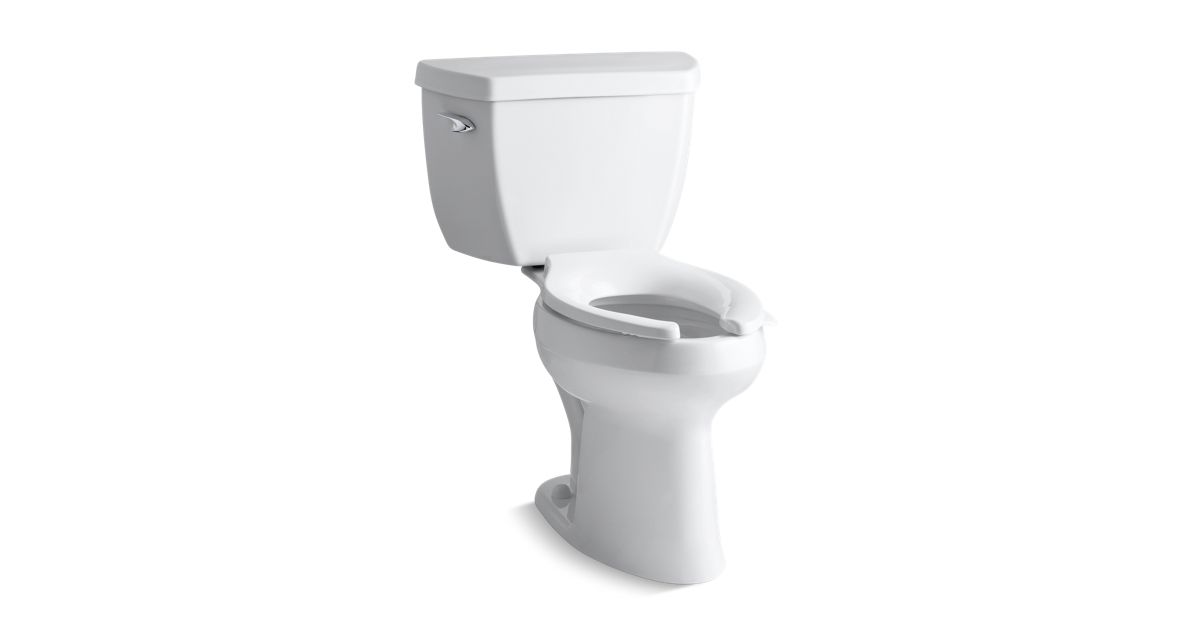Checking Your Water Heater During the Summer Months
The summer months are the last times when you’d consider how well your water heater works. But, you need to be prepared for when the fall and winter seasons come along once again.
You can ask us at Lasiter and Lasiter Plumbing to help you in finding a solution that ensures your toilet stays functional. We can repair and replace water heaters in homes throughout the DFW area.
Look For Signs of Wear
Check for any rust or corrosion around your heater. These forms of wear are signs that you might have to replace your water heater. Rust could get in your hot water supply. The worst part is that rust and corrosion are often next to impossible to clean.
How Old Is Your Heater?
You should think about how old your water heater is, as an older one will need replacement. A heater that is at least ten years old might need replacement altogether.
You can review the serial number on your water heater to see how old it is. Look at the first three points on the number. You should see a letter and two numbers. The letter refers to the production date corresponding to a specific month based on order, and the numbers are for the year the heater was made. For instance, “K12” means November 2012, while “B04” is February 2004.
Check on the Water Condition
You can test the quality of your water from your heater to see how well it looks. You’ll need to replace your heater if the water appears rusty or worn.
Look At the Underside
Check the area underneath the heater to see how it looks. The area should be dry and safe, but a leak can cause the area to become damp.
You might need a flashlight to review this part of your heater. The area might be tight to physically access, but an extra bit of light will help you identify whatever is in your area.
Listen For Noises
You might also need to listen for any noises coming out of your heater. Unusual noises coming from the heater are signs that there is an excess amount of sediment building up in your tank.
The hardened sediment can cause banging and rumbling sounds to develop in your heater. The issue means that your tank will not be as efficient as usual. The design may not handle as much water at a time as it should. It may also be more comfortable for leaks to develop throughout your tank if there is lots of sediment building up all around.
Everything that you can do for your water heater can influence how well it functions. You can consult us at Lasiter and Lasiter Plumbing for help with your bathroom if you ever have any concerns. We can help you in finding out what needs to work for your heater. We can also replace your radiator if the need arises.











